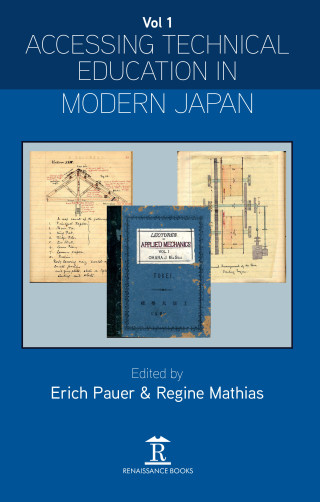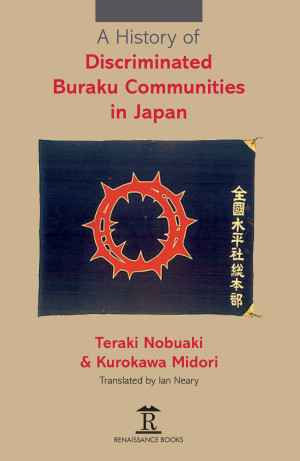·Translator’s Preface by Ian NEARY Foreword by TERAKI Nobuaki List of Figures
PART I
Chapter 1: Establishment of the Japanese State and the Formation and Transformation of Status
· Status in the small states of pre-history
· Status in the Yamato state
· The creation of the Yamato state and the formation of clans and ranks
Chapter 2: Formation of the Ritsury? State Structure and the Status System
· The formation of the ritsury? structure
· The creation of a senmin system beneath the status system of the ritsury? structures · Senmin in the ritsury? system · The disruption and dismantling of the ritsury? status system · The role played by immigrants and their social position
· Strategies and attitudes to those living on the islands to the North, the North-east and the South · The strengthening of discrimination based on ideas of pollution in the Heian period
· The origins of occupational discrimination against butchers and leather workers
Chapter 3: Formation and Development of Society in the Middle Ages and the Lifestyle and Culture of Discriminated People
· The structure and development of society in the Middle Ages
· Features of the status system of the Middle Ages
· Formation and living conditions of the eta – kiyome, saiku, kawaramono – in the early Middle Ages
· Hinin of the early Middle Ages and their way of life
· Sanjo and their lives in the early Middle Ages
· Transformation of society in the Middle Ages
· Work and livelihood of the kawaramono: eta, kiyome and saiku in the late Middle Ages
· The work of hinin, sanjo (sh?moji) and their lives in the late Middle Ages
· Kawata in the era of Warring States (Sengoku Jidai)
Chapter 4: Establishment of Kawata and Ch?ri Status – the Buraku of the Early Modern Period
· Rule of the Toyotomi, the early Tokugawa regime, and the kawata/ch?ri · Bakuhan structure of rule and the status system
· Formation of the kawata and ch?ri – the Buraku of the early modern period
· Reality of the status regulations of the Edo Period
· Control of discriminated people and the discrimination policy of the feudal lords in the early Edo Period
· Occupations of the kawata and ch?ri in the early Edo Period
· Responsibilities of kawata and ch?ri in the early Edo Period
Chapter 5: Discriminated Groups of the Early Modern Period
· Formation of hinin status groups and their responsibilities
· Other discriminated groups
Chapter 6: Development of Early Modern (Kinsei) Society and Discriminated People
· Social trends in the mid-Edo period and the discrimination policies used by the Bakufu authorities and feudal lords to control discriminated groups
· Occupations of the kawata and ch?ri in the mid-Edo period
· Social context of discriminated people in the mid-Edo period
· Religion and kawata/ch?ri in the mid-Edo period
Chapter 7: Dislocation and Collapse of Early Modern Society and Discriminated People
· Social trends in late-Edo Japan and discriminated people
· Changes in the occupations of the kawata and ch?ri in the later Edo Period
· Demographic change among the discriminated communities and its impact
· Struggles of discriminated groups and the development of emancipatory thought 108
· Discriminated people and social change on the verge of the Restoration – the eve of the liberation edict PART
II Chapter 8: What was the ‘Buraku Problem’ in the Modern Period?
· Questioning society · Buraku – discriminated Buraku – D?wa districts
· The boundaries that replaced status
· Start of the modern Buraku problem –the Liberation Edict · Debate in the K?gisho
· Promotion by the Minbush? and the Treasury Chapter 9: Signs of Discrimination Invented
· Maintenance of ‘old customs’
· Rejection of discrimination by the ‘Japanese Enlightenment’
· Freedom, people’s rights movement and the ‘Buraku problem’
· New ‘signifiers’ – hotbeds

